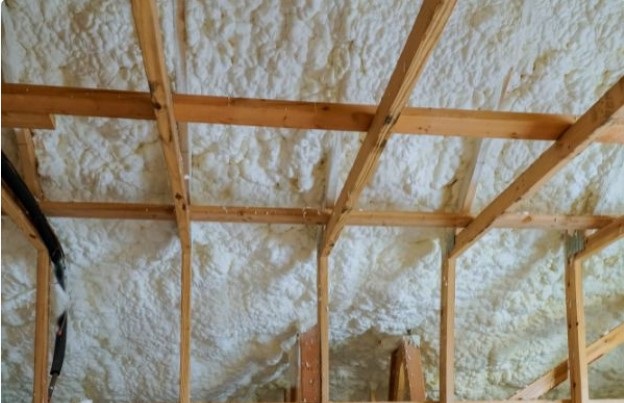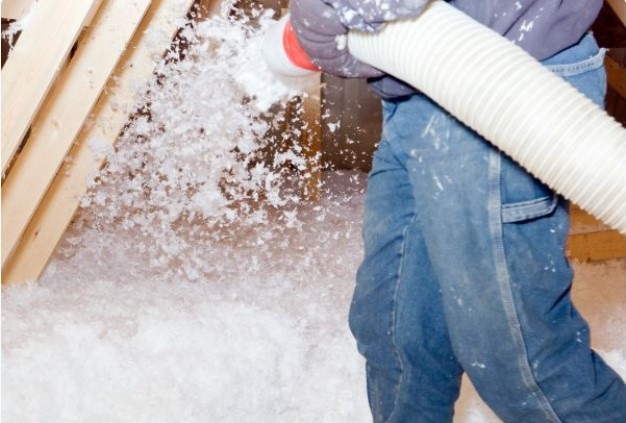
Home Improvement: 5 Ways of Attic Insulation
Attic insulation plays a crucial role in maintaining a comfortable indoor environment while reducing energy consumption and lowering utility bills. There are various ways to insulate an attic, each with its own advantages and considerations. In this article, we will explore five common methods of attic insulation.
Table of Content
Fiberglass Batt Insulation
Fiberglass batt insulation is a widely used and cost-effective option for insulating attics. It consists of pre-cut batts or rolls made from fiberglass, which is a lightweight and efficient insulating material. The batts are typically placed between attic floor joists, covering the entire area. Fiberglass batts come in different thicknesses to accommodate various insulation requirements. They are easy to install and can be a DIY project for homeowners with basic handyman skills. However, it’s important to ensure proper installation, as gaps or compression can reduce the insulation’s effectiveness.
Blown-in Cellulose Insulation
Blown-in cellulose insulation is another popular method that involves using loose-fill cellulose fibers made from recycled paper products. This insulation material is installed by blowing it into the attic space using specialized equipment. The cellulose fibers settle to form a dense layer that effectively reduces heat transfer. One advantage of blown-in cellulose is its ability to fill small gaps and irregularities, providing excellent coverage. Additionally, cellulose insulation is relatively resistant to mold, pests, and fire. However, it’s crucial to ensure proper ventilation in the attic to prevent moisture buildup and to hire professionals for installation to achieve uniform coverage.
Spray Foam Insulation
Spray foam insulation is an effective method for insulating attics that offers both insulation and air sealing properties. It involves spraying a liquid foam material onto the attic surfaces, which expands and hardens into a solid insulation layer. Spray foam insulation provides an airtight seal, preventing drafts and minimizing heat loss or gain. It can be applied to various types of surfaces, including wood, concrete, and metal. While spray foam insulation offers excellent thermal resistance, it requires professional installation due to the specialized equipment and knowledge required. It is also a more expensive option compared to other insulation methods.

Radiant Barrier Insulation
Radiant barrier insulation is designed to reduce heat transfer through radiation. It consists of a reflective material, typically aluminum foil, which is installed on the underside of the attic roof. The reflective surface reflects radiant heat back towards the source, keeping the attic space cooler. This method is particularly effective in hot climates where reducing radiant heat gain is crucial. However, it’s important to note that radiant barriers work best when there is an air gap between the barrier and the insulation material or roof deck. Additionally, proper installation is essential to ensure the reflective surface remains unobstructed.
Insulated Roof Panels
Insulated roof panels provide a comprehensive insulation solution for attics, especially in new construction or major renovations. These panels consist of a rigid foam insulation core sandwiched between two structural panels, such as oriented strand board (OSB). Insulated roof panels offer excellent thermal resistance and are quick and easy to install since they provide both insulation and structural support. However, retrofitting existing attics with insulated roof panels can be challenging and expensive. This method is best suited for situations where the attic is being completely redone or in instances where a new attic space is being created.
In conclusion, attic insulation is vital for maintaining a comfortable and energy-efficient home. Whether you choose fiberglass batts, blown-in cellulose, spray foam, radiant barriers, or insulated roof panels, each method has its own advantages and considerations. It’s important to assess your specific needs, climate, budget, and existing attic conditions before selecting the most suitable insulation option. Consulting with insulation professionals can help you make an informed decision and ensure proper installation for optimal results.


